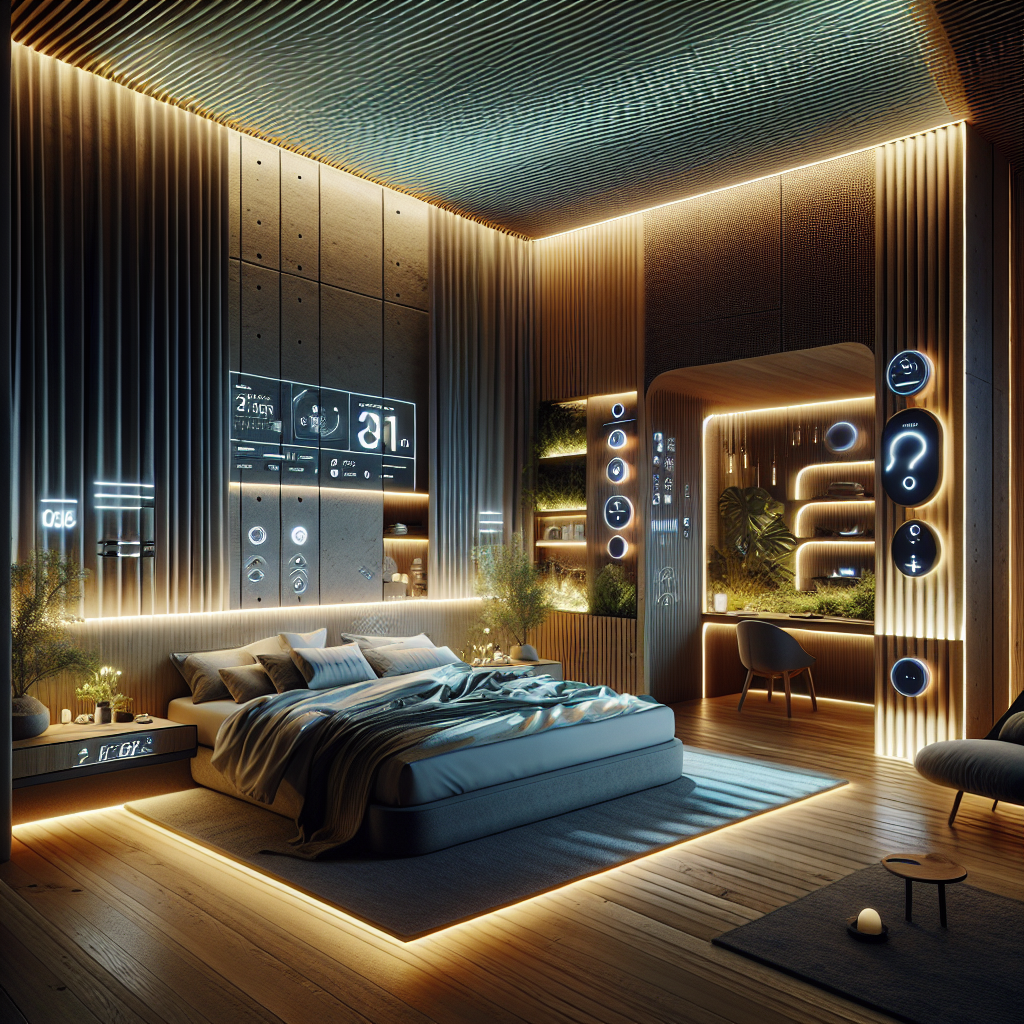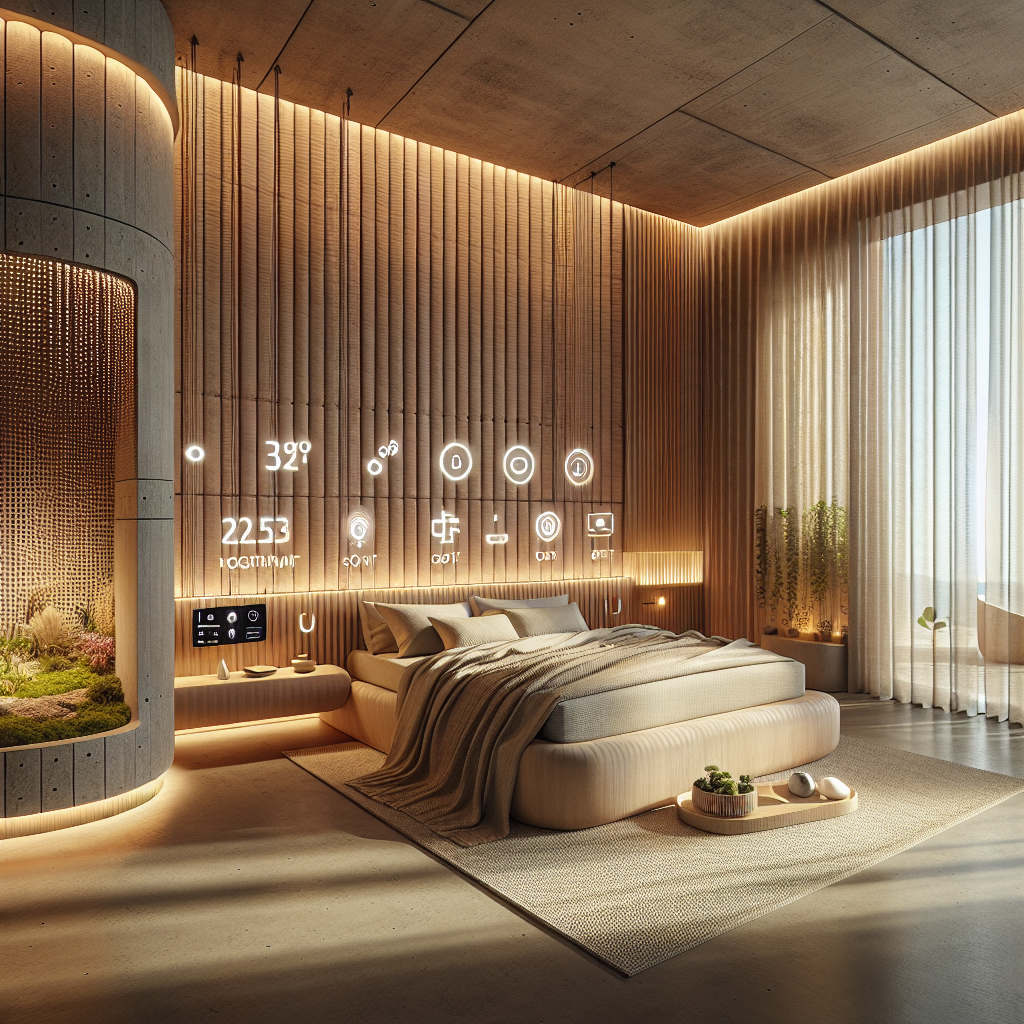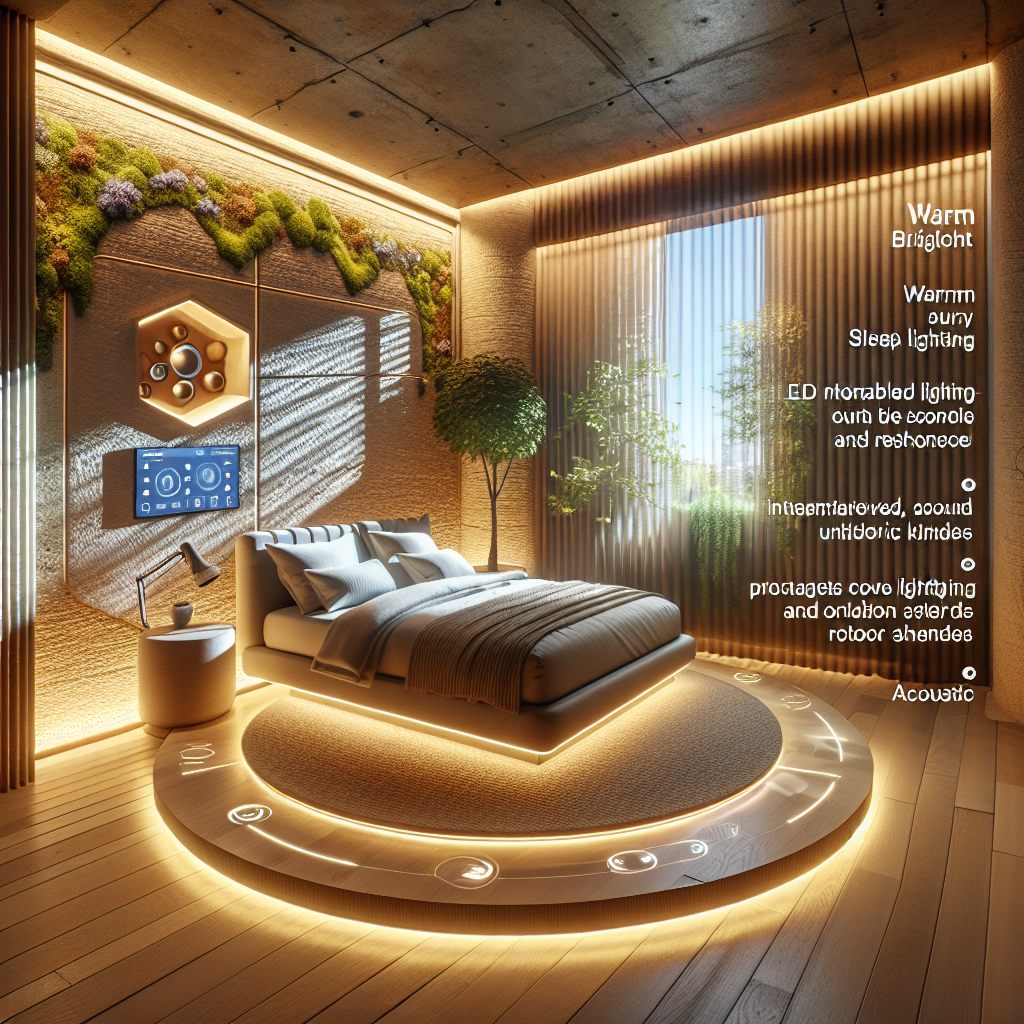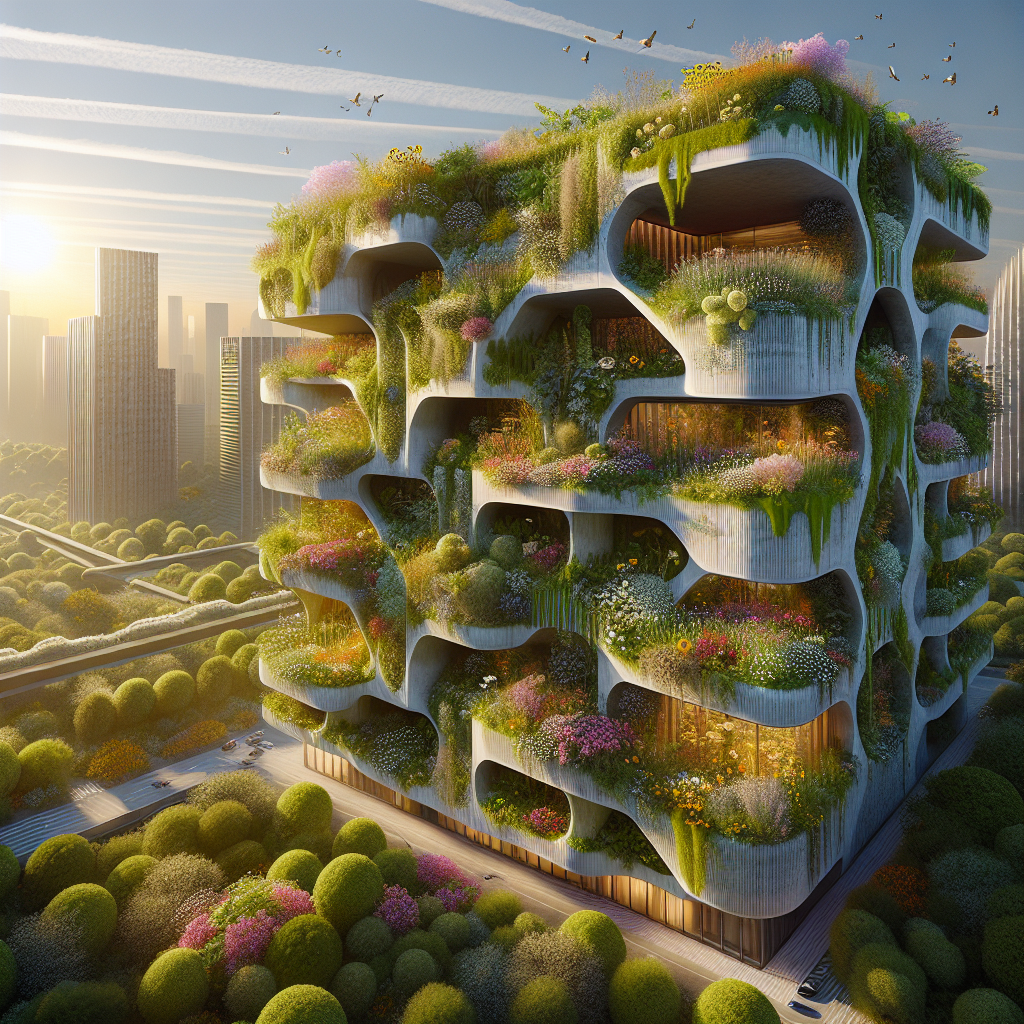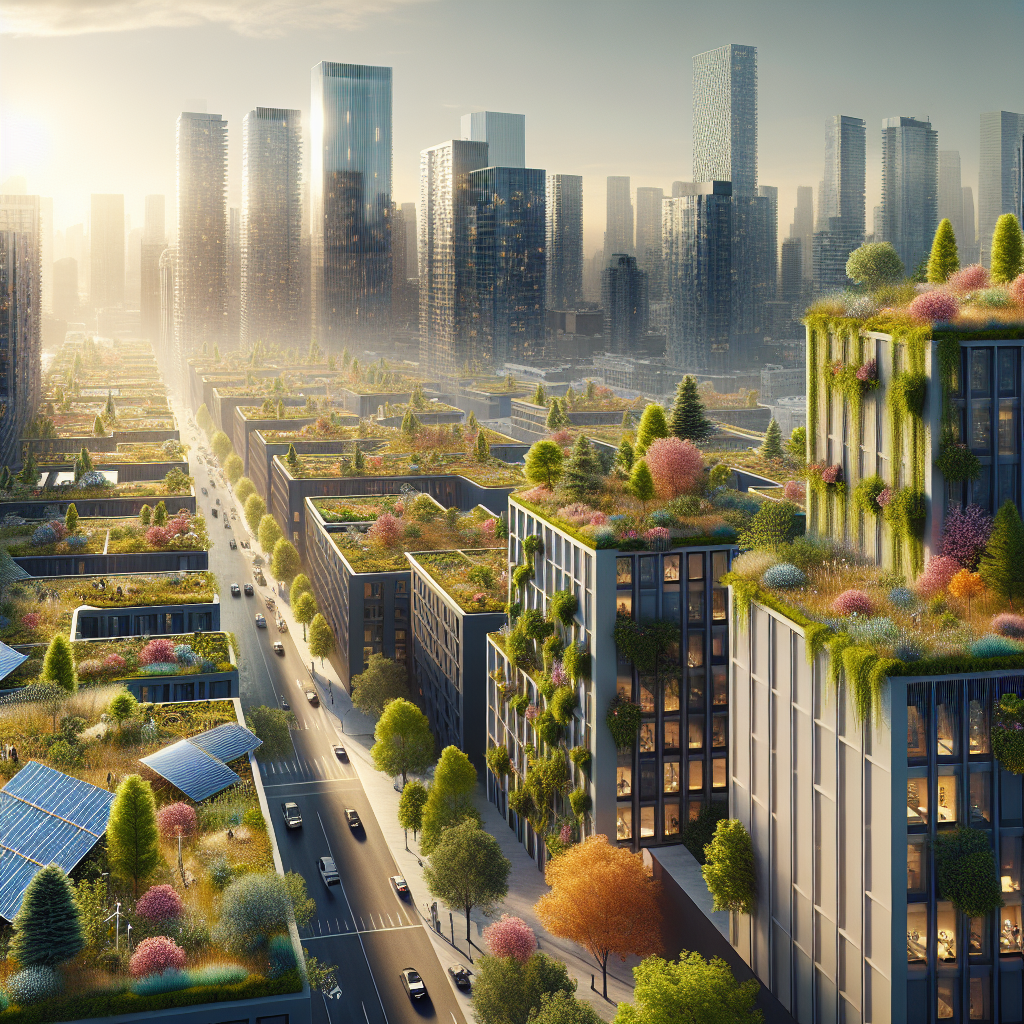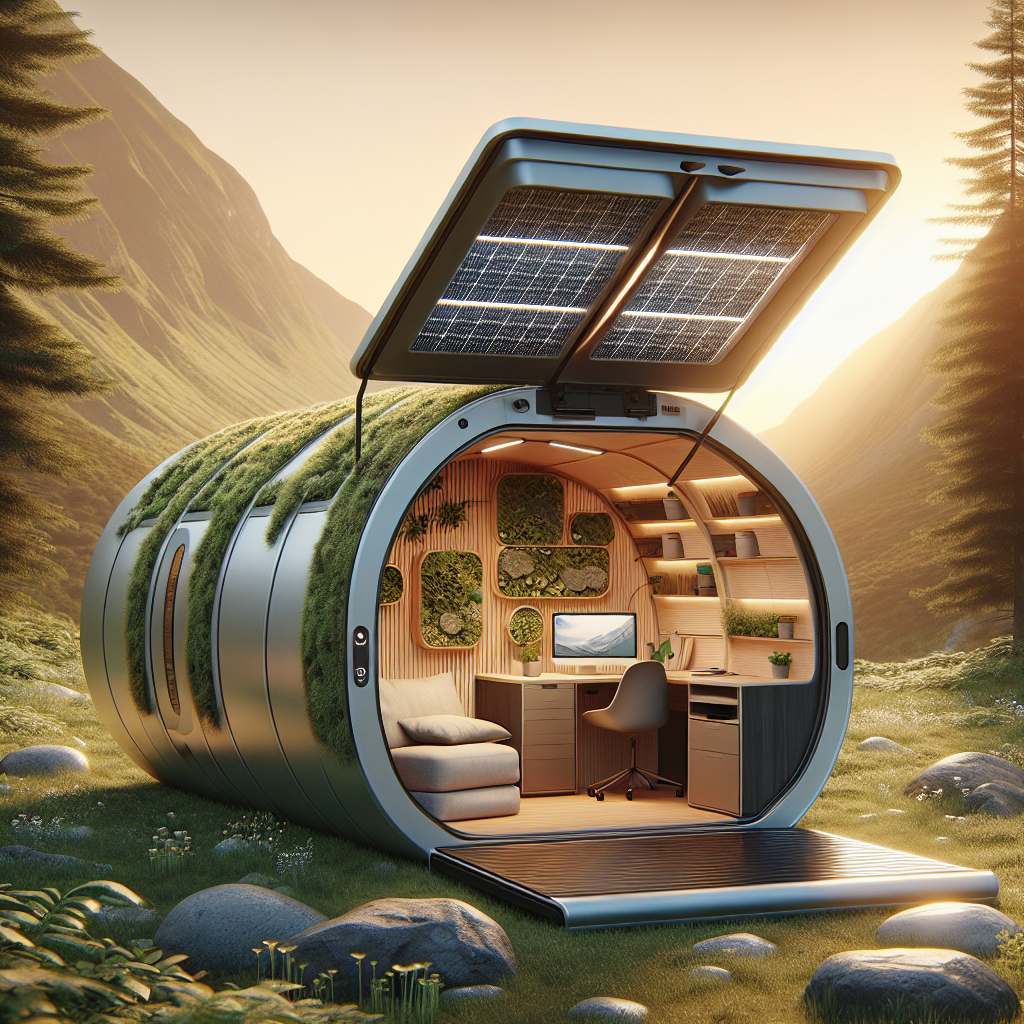Sleep-Optimized Bedrooms: Lighting, Drapes & Smart Tech
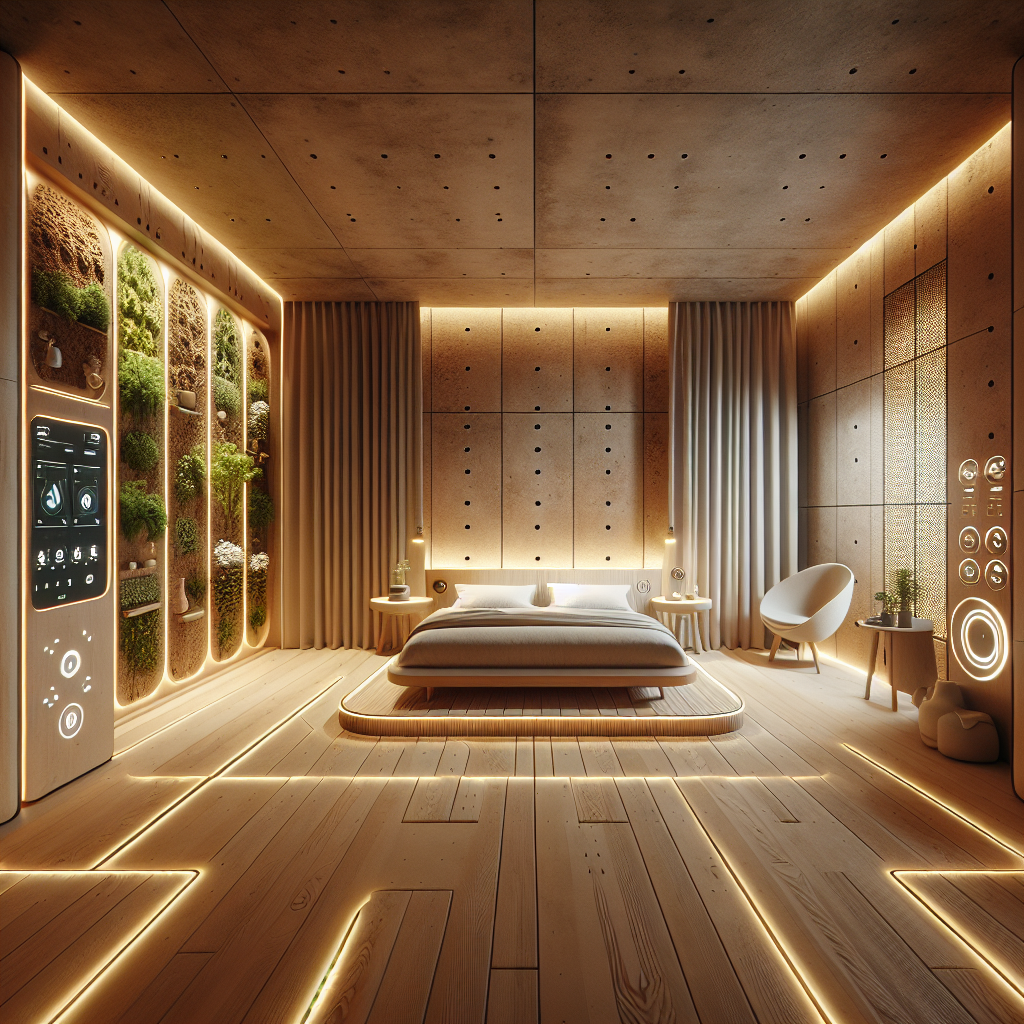
In the age of wellness-driven design, the bedroom has transcended its role as a mere resting place to become a carefully engineered sanctuary for restorative sleep. Architects and interior designers are increasingly embracing the science of circadian rhythms, material tactility, and smart home integration to create sleep-optimized bedrooms. These spaces balance aesthetics with neuroscience, blending architectural finesse, textile innovation, and intelligent technology to enhance the quality of rest. The result is a new paradigm in interior design—one where lighting, drapery, and smart systems are not afterthoughts but integral components of a holistic sleep environment.
The Science of Sleep and Spatial Design
Sleep optimization is no longer the domain of wellness gurus; it has entered the lexicon of design professionals. According to the circadian rhythm model, human sleep cycles are deeply influenced by light exposure. Bedrooms that fail to manage light—whether from street lamps, screens, or early morning sun—can disrupt melatonin production and compromise rest. Architects are responding by designing spaces that synchronize with the body’s natural rhythms, using adaptive lighting systems, blackout drapery, and acoustic insulation to create a cocoon-like atmosphere.
Recent studies from the American Academy of Sleep Medicine highlight that over 30% of adults report symptoms of insomnia. This statistic underscores the urgency for design professionals to rethink bedrooms not just as stylish interiors but as therapeutic environments. Much like the biophilic design movement, which connects people to nature for improved well-being, sleep-optimized design is about aligning interiors with human biology.
Lighting: From Harsh Illumination to Circadian Harmony
Lighting is the most critical factor in a sleep-optimized bedroom. The traditional overhead fixture has given way to layered, programmable systems that mimic the natural progression of daylight. Tunable LED lighting—capable of shifting from cool, energizing tones in the morning to warm, amber hues in the evening—has become a cornerstone of wellness-focused interiors. These systems are often paired with motion sensors, ensuring that nocturnal trips are guided by soft, non-disruptive glows rather than jarring brightness.
Designers are also experimenting with architectural lighting strategies such as clerestory windows that filter daylight without compromising privacy, or concealed cove lighting that creates a gentle wash across textured walls. The goal is to craft an environment where light supports, rather than interrupts, the body’s natural sleep-wake cycle.
Drapery: The Silent Guardian of Sleep
If lighting is the conductor of circadian rhythms, drapery is its silent guardian. The evolution of window treatments has moved far beyond decorative fabrics. Today’s performance drapery incorporates blackout linings, acoustic dampening, and even thermoregulating textiles. Luxury brands are weaving in metallized fibers that reflect heat, ensuring thermal comfort throughout the night. Some experimental studios are even exploring e-textile drapes that respond dynamically to humidity and temperature, blurring the line between fabric and technology.
Visually, drapery remains a powerful design statement. Floor-to-ceiling panels in muted tones create a sense of enclosure, while layered sheers and opaques allow for nuanced control of daylight. In urban settings, where light pollution is rampant, the choice of drapery can mean the difference between restless nights and restorative sleep.
Smart Technology: Bedrooms That Think Ahead
The integration of smart home technology has transformed the bedroom into an intelligent ecosystem. Voice-controlled assistants can adjust lighting, temperature, and even drapery with a single command. Smart thermostats ensure the room remains within the optimal sleep range of 18–20°C, while connected air purifiers maintain air quality free from allergens and pollutants.
One of the most compelling innovations is the rise of sleep-tracking ecosystems. Smart mattresses embedded with biometric sensors monitor heart rate, breathing, and movement, feeding data into apps that adjust environmental conditions in real time. For instance, if restlessness is detected, the system may lower the room temperature or dim residual light. This convergence of design and data is redefining the bedroom as a responsive, adaptive environment.
Case Studies: Sleep as a Design Brief
High-end residential projects across Europe and Asia are already pioneering sleep-optimized design. In Copenhagen, a penthouse project integrates circadian lighting with custom drapery woven from organic fibers, creating a space that feels both futuristic and timeless. In Tokyo, micro-apartments—long at the forefront of compact living innovation—are incorporating foldable blackout screens and AI-driven lighting to ensure quality rest despite limited square footage.
Hospitality design is also embracing this shift. Luxury hotels in Milan and Singapore are marketing “sleep suites” equipped with acoustic insulation, personalized scent diffusers, and AI-controlled lighting. These projects reflect a growing awareness that sleep quality is not just a private concern but a competitive differentiator in the hospitality industry.
Materiality and Atmosphere: Beyond Function
While technology and textiles dominate the conversation, materiality plays an equally vital role. Natural woods, matte finishes, and tactile surfaces create a calming sensory palette. Designers are increasingly drawing from wabi-sabi aesthetics, embracing subtle imperfections that foster a sense of intimacy and grounding. Acoustic panels disguised as art pieces or woven headboards add both visual depth and functional serenity.
The layering of materials—linen bedding, wool rugs, clay-based wall finishes—contributes to a sensory environment that cues the body toward rest. These details, though subtle, are critical in elevating the bedroom from a functional space to a sanctuary of restoration.
The Future of Sleep-Optimized Design
As wellness continues to shape the future of architecture and interiors, the bedroom will remain a frontier of innovation. The next decade is likely to see the proliferation of AI-driven personalization, where bedrooms learn from individual sleep patterns and adjust autonomously. We may also witness the integration of biophilic elements—such as living walls that regulate humidity and oxygen levels—into private sleep environments, echoing the broader movement toward green architecture.
For architects and designers, the challenge lies in balancing technological sophistication with timeless aesthetics. A sleep-optimized bedroom must not feel like a laboratory but a haven—a space where neuroscience, craftsmanship, and innovation converge seamlessly. In this balance lies the future of restorative living.
